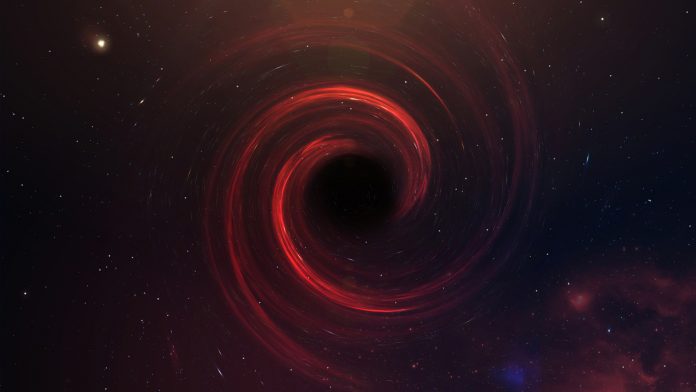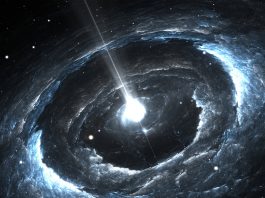Researchers at CERN, Switzerland, have discovered a new avenue to search for axions, a hypothetical particle that is one of the candidates of dark matter particles.
The international BASE collaboration, which usually performs ultra-high precision measurements of the fundamental properties of trapped antimatter, has for the first time used the ultra-sensitive superconducting single antiproton detection system of its advanced Penning trap experiment as a sensitive dark matter antenna in the search for axions.
If our current understanding of cosmology is correct, visible matter only makes up 5% of the total energy content of the Universe. Another 26% is believed to be cold dark matter. This hypothetical dark matter does not interact strongly with ordinary matter, it is extremely hard to detect, and as a result its exact microscopic properties have yet to be understood. One possibility is that dark matter is a new type of particle, called an axion.
If axions and axion-like dark matter particles (ALPs) exist, they oscillate through the galaxy at characteristic frequencies defined by their masses. In strong magnetic fields, such as those present in Penning trap experiments, the particles might convert into electromagnetically interacting photons. The converted ALPs would then excite the detection resonators of the sensitive single particle detectors causing them to reverberate, allowing the induced dark matter sound to be detected.
Combining Penning trap and single particle detection methods
Thanks to the ultra-high sensitivity of the single-antiproton detectors used in the BASE experiment, the researchers were able to set new laboratory limits on the coupling of axion-like particles and photons. Although no ALP-induced signal was detected, the axion-to-photon coupling limits that were reached were similar to the limits derived from astrophysical searches, and constitute, in a narrow mass range, the best laboratory limits derived so far. The combination of Penning trap and single particle detection methods enables detector noise-level calibration by single-particle quantum thermometry, an elegant method that can provide model-independent calibration of coupling limits.
In addition, this newly discovered avenue of using precision Penning trap experiments as axion detectors has the potential to be extended to other trap experiments, and to derive axion-photon coupling limits in much broader mass ranges.
Stefan Ulmer, who heads the Fundamental Symmetries Laboratory at CERN, said: “With a purpose built-experiment, combining the already available technologies with higher magnetic fields, and lower detector temperatures, we are optimistic that we will be able to improve the limits by at least a factor of 100, and with ongoing developments, we may be able to improve the current detection bandwidth by at least a factor of 3,000.”









